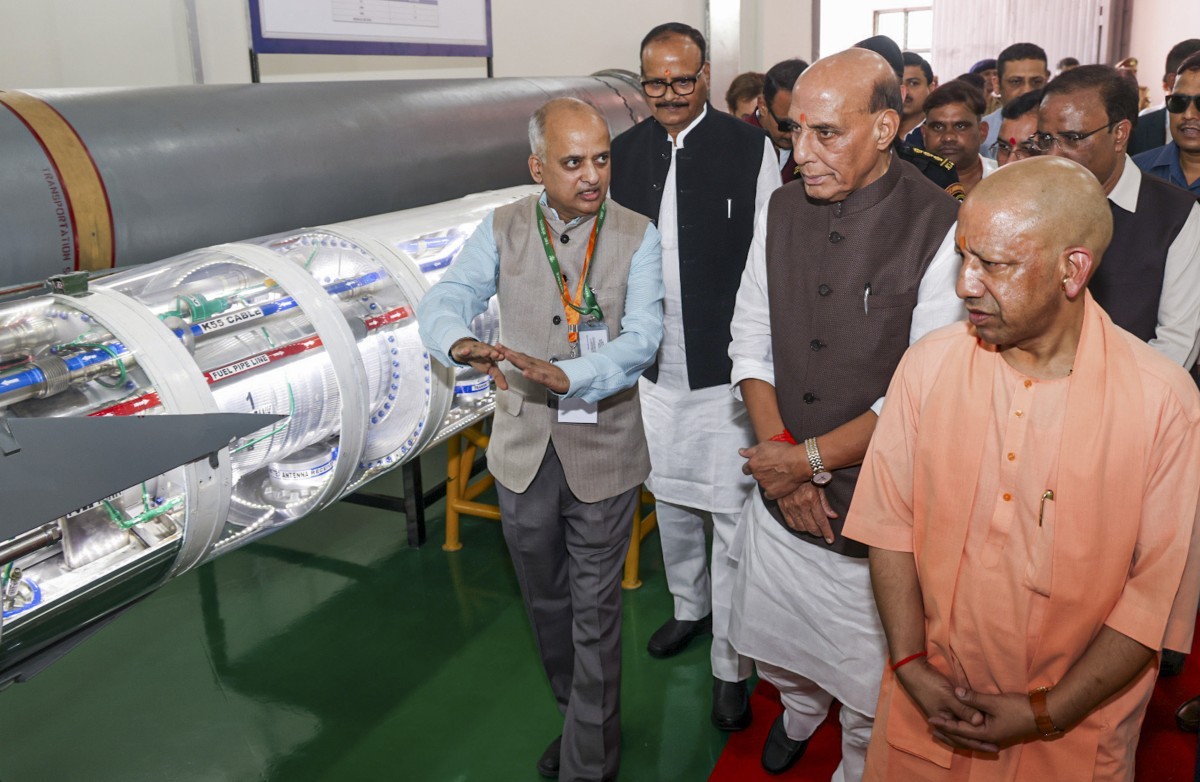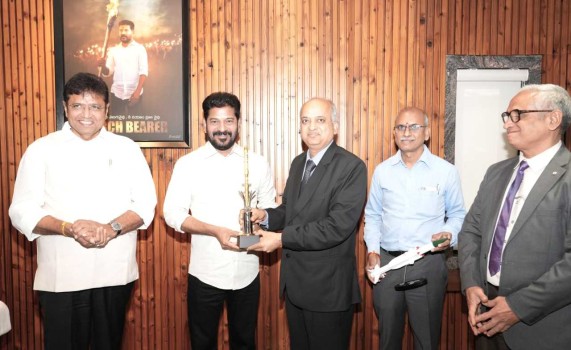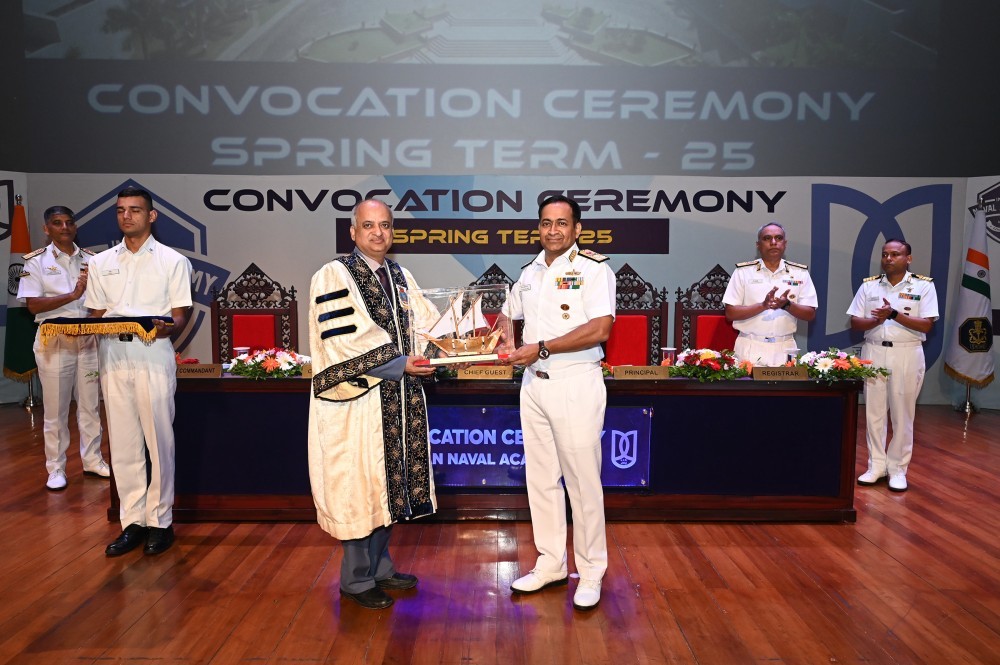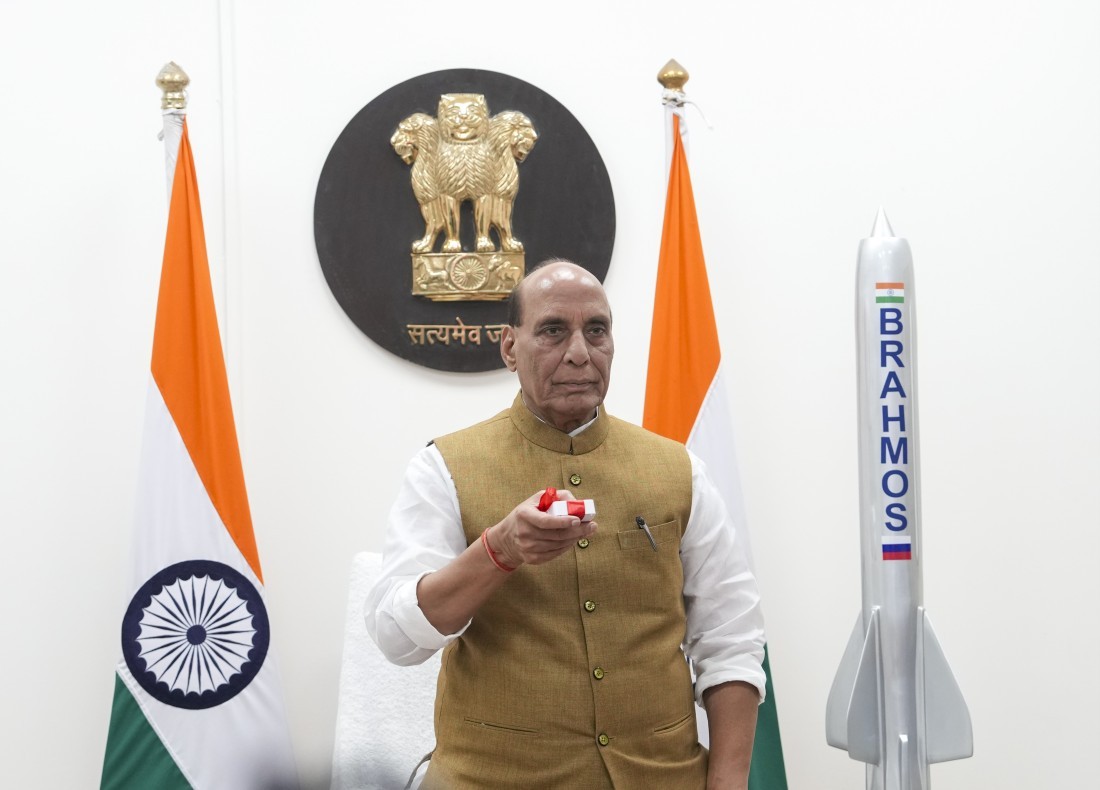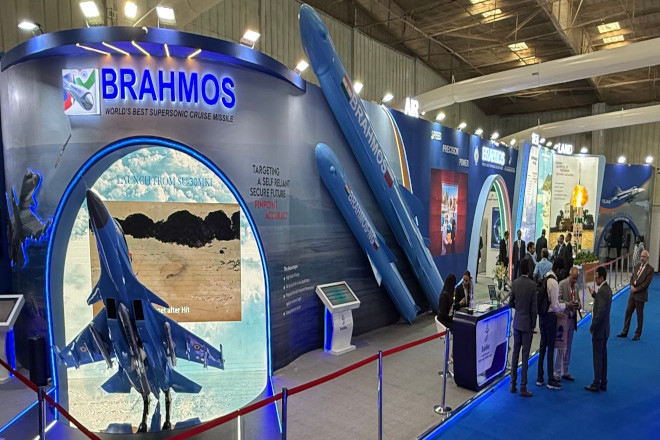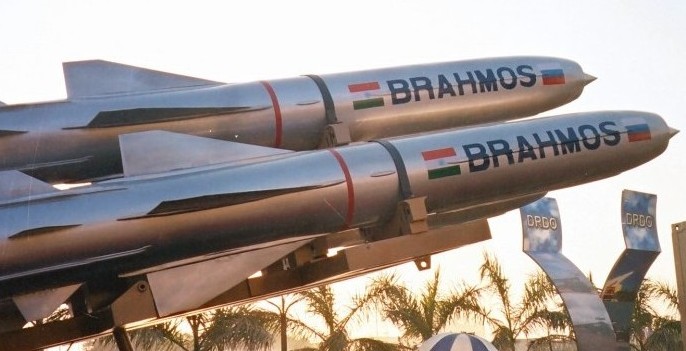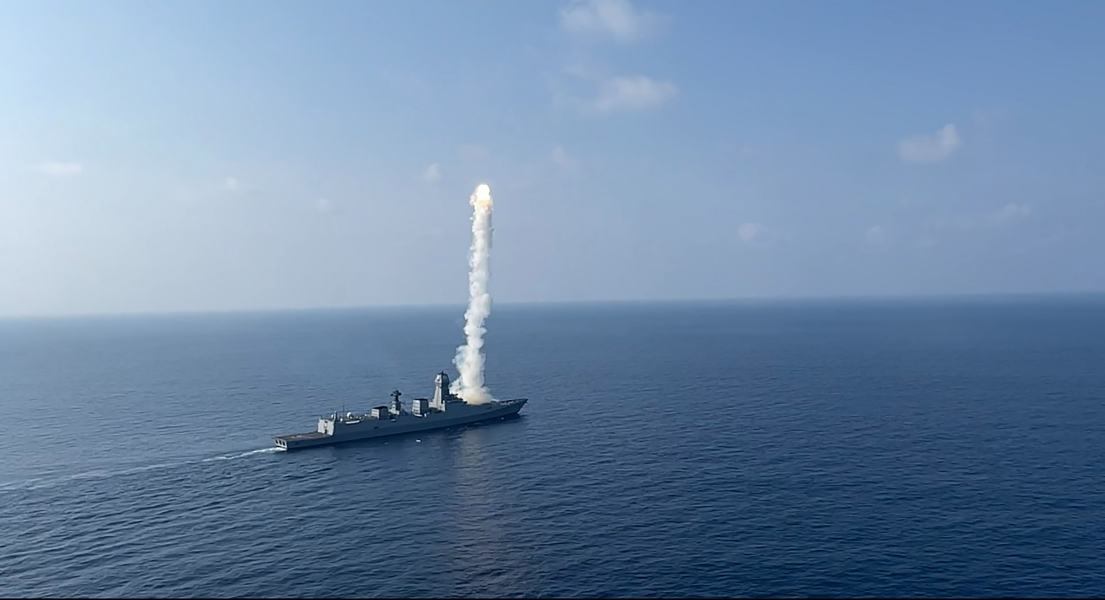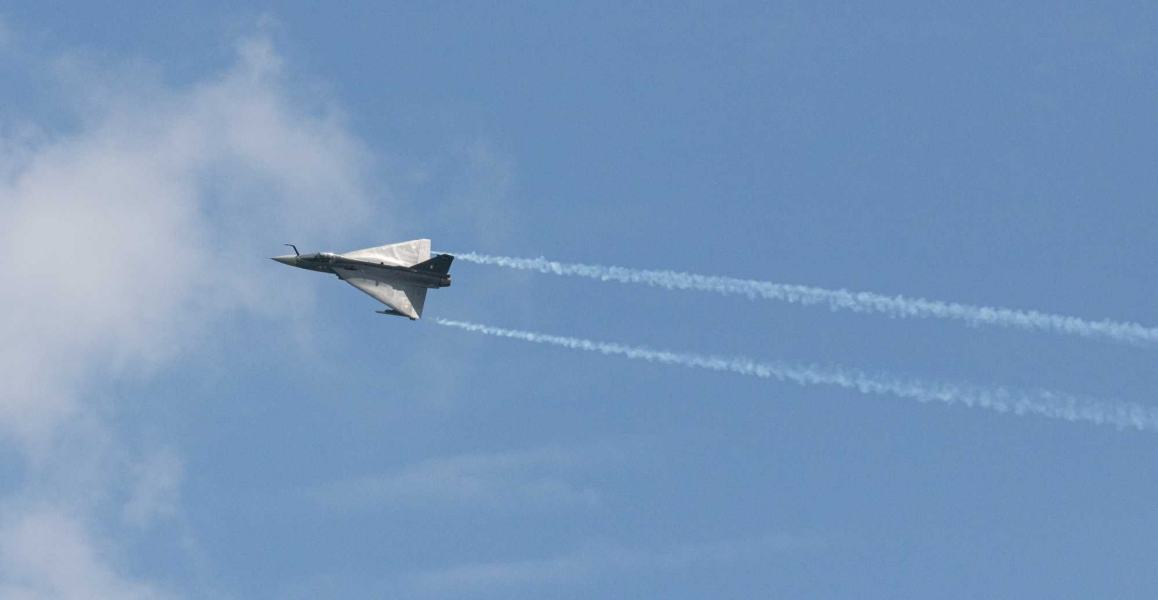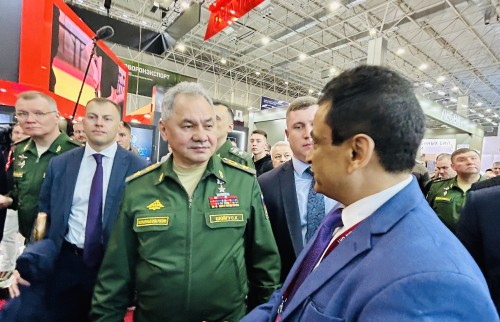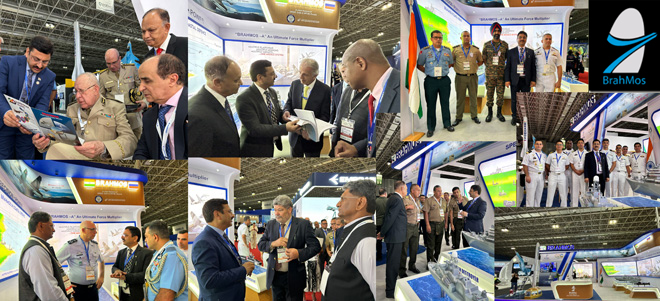Raksha Mantri, UP CM flag off 1st batch of BRAHMOS missiles manufactur...
in India
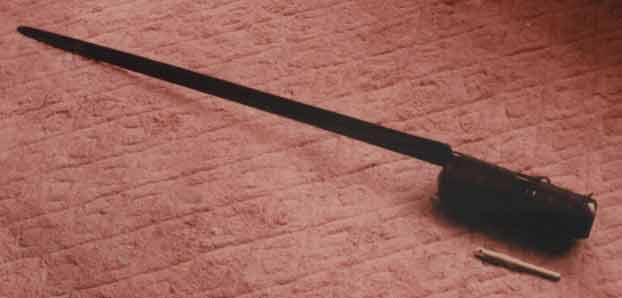
The first rocket and missile had their origin during the reign of Tipu Sultan in the 18th century. Fighting the British colonial army, Tipu Sultan and his army used thousands of rockets, resulting in the defeat of the troops in the Srirangapatna war in 1792. The rockets were attached with bamboo or steel spears and powered by gunpowder, propellant compacted in a cast iron chamber with nozzle and igniters capable of attacking enemy cavalry and soldiers.
The modern-day missiles have their roots in Germany, as the country developed the first successful guided missiles V1 and V2. After World War II, several other nations developed a variety of missile systems.
Origin of Missile
The use of missiles dates back to the Vedic age in India. Indian warriors used "Astras" as missiles in various forms from that period in the subcontinent, as evidenced by epics such as the Mahabharata and the Ramayana.
The deadly weapons and the scriptures regarding the technology were later concealed to prevent any future occurrences of the ‘Idikasa’ (an important historic part in the history of Indian religion) for the sake of the survival of mankind.
In olden days, the Astra (a supernatural weapon) was controlled by ‘Mantras’ (a sound, syllable, or group of words considered capable of creating transformation) that could be correlated to the mission control software of modern-day missiles.
The first rocket and missile had their origin during the reign of Tipu Sultan in the 18th century.
IGMDP
India had mastered missile technology from olden days, but it was left behind in this field when the British ruled the country for hundreds of years, resulting in a lack of resources, research environment, and capabilities.
This was the time when India decided to go ahead with its Integrated Guided Missile Development Programme (IGMDP), headed by eminent scientist and former President of India, Dr. APJ Abdul Kalam. Dr. Kalam had played a pivotal role in the successful launch of India's first experimental Satellite Launch Vehicle-3 (SLV-3) which placed the Rohini satellite in orbit.
The IGMDP project began on July 26, 1983, at the Defence Research and Development Laboratory (DRDL) in Hyderabad. A host of missiles, including the Prithvi and Agni ballistic missiles, the Akash and Trishul surface-to-air missiles, and the Nag 3rd generation anti-tank guided missile, were developed under the programme. The project gave India valuable capability to produce indigenous missiles and missile-related technologies inspite of the decades-long "technology-denial regime".
A new world order emerged after India carried out the nuclear experiment in May 1998 and became a nuclear-weapon state.
Today, India is one of the few countries in the world to have indigenously developed missile systems, including critical technologies like the re-entry tip for ballistic missiles.
The Integrated Guided Missile Development Programme (IGMDP) was conceived by renowned scientist Dr. A P J Abdul Kalam to enable India attain self-sufficiency in the field of missile technology.
Dr. Kalam, the then Director of Defence Research & Development Laboratory (DRDL), headed a Missile Study Team to weigh the feasibility of the programme. The team included members from the Defence Research and Development Organisation (DRDO), Indian Army, Indian Navy, Indian Air Force, and the Defence Production. Keeping in mind the requirements of various types of missiles by the defence forces, the team recommended development of five missile systems.
The IGMDP finally got the approval from the Government of India on July 26, 1983. The ambitious, time-bound project brought together the country’s scientific community, academic institutions, R&D laboratories, industries and the three Services in giving shape to the strategic, indigenous missile systems.
Missiles developed under the programme were:
|
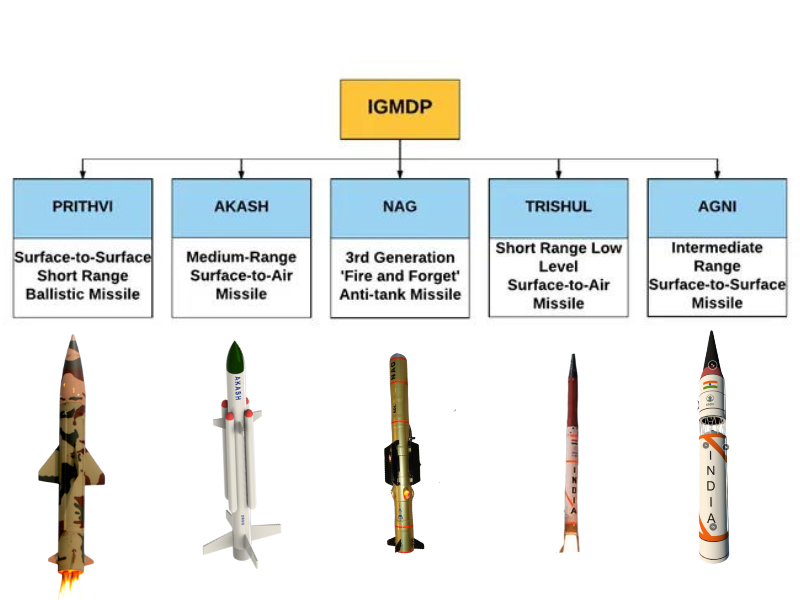 |
The Agni, which was initially conceived as a technology demonstrator project in the form of a re-entry vehicle, was later upgraded to a ballistic missile with different ranges.
Dr. Kalam played a major role in the development and operationalisation of Agni and Prithvi missiles.
After achieving the goal of making India self-reliant in missile technology, DRDO on January 8, 2008, formally announced successful completion of IGMDP.
